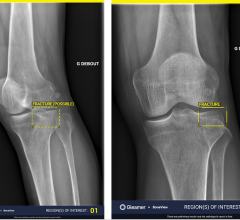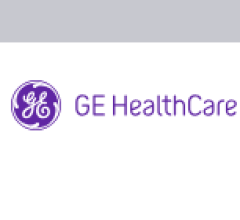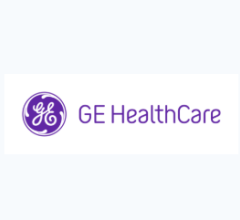
Greg Freiherr has reported on developments in radiology since 1983. He runs the consulting service, The Freiherr Group.
When Will the Greatest Trend In Radiology Happen?

Image courtesy of Pixabay
Ever knock down a silo? You have to be quick. And lucky. Very … very … lucky.
Maybe that’s why there are so many silos. Outdated. Counterproductive. Standing tall. In science. In business. In personal relationships (exemplified by Facebook pages and the “friends” who traffic them). And in medicine.
Silos are rooted in our need for the familiar. They nurture what supports us; pare the world into chunks we can understand. In short, silos help us make sense of the world; to work and play efficiently, effectively and happily.
But there is a downside to silos. They lock brilliant minds into unconnected towers, limiting the effect of medical advances; hamstringing practitioners; restraining patient care.
For the brilliance of healthcare’s best minds to be leveraged for the welfare of patients, silos must come down. With promises of newfound collaborations and synergies among medical disciplines, enterprise imaging is leading the charge. A better world will come, say its advocates, with the unfettered transmission of images across the landscape of modern medicine.
But enterprise imaging today is like a race car furiously burning rubber but going nowhere fast. There are challenges to transmitting images across and beyond the enterprise, just as there are challenges to receiving and displaying these images. But the real problem comes in when practitioners try to use those images.
Physicians in medical disciplines follow specific rules — workflows — that define their everyday activities. Often, these images don’t fit those workflows. The biggest challenge, therefore, isn’t technological. It’s cultural. Consequently, the only way to get rid of silos may be to change the culture that led to their development.
Radiology, you might argue, is perfect for that. It can provide the means for transcending cultural differences through images that will lead to a more complete understanding of the patient. Radiologists can join the care team, providing insights that improve patient management.
Unfortunately, radiology must deal with its own silos, modality-specific silos, ones that encapsulate MRI, CT, molecular Imaging, radiography and RF. Further complicating matters are miniature versions of these silos that have risen in medical disciplines outside radiology. These have come with access to imaging technologies — for example, ultrasound to OB/GYNs; angiography to vascular surgeons; cardiac cath to cardiologists; PET to oncologists.
Decades ago, in the eighties, imaging leaders flirted with the idea of MRI as a one-stop shop. It was envisioned as the means for plumbing the central nervous system; musculoskeletal system; heart, liver, prostate, even lungs. But that idea didn’t pan out. Despite remarkable advances in cardiac MR, for example, cardiac cath is still going strong. So is echo. And nuclear cardiology.
The use of imaging technologies fuel practitioners outside radiology, helping them answer questions that improve the care of patients. But the use of those technologies also create workflows specific to their use, walling these physicians off from their colleagues.
And the availability of imaging technologies is expanding. CT is being used to evaluate cardiac patients; low-cost, specialty-purpose point-of-care ultrasound is being used throughout medical facilities.
You might argue that enterprise imaging and the addition of radiologists to patient care teams will undercut this. Value medicine is coming. And it is all about optimizing the use of resources. Silos add cost and gobble time and effort. Yet the vision of value medicine, sledgehammer in hands, smashing silos to the ground is anything but certain.
Silos provide defined views of a complex world. Yes, they limit the effect of medical advances by impairing collaboration and the diffusion of knowledge. But, because they provide focus, they promote efficiency, one of the tenets of value medicine.
So, will value medicine adjust to the way physicians work? Or will medical practice change course, smash the silos that keep brilliant minds sequestered, and make healthcare more efficient and effective?
If it does, it will be the most impactful trend since Louis Pasteur’s germ theory. But, for this to happen, medicine will have to be very … very … lucky.
Editor's note: This is the first blog in a four-part series on State-of-the-art Radiology.


 April 17, 2025
April 17, 2025 








